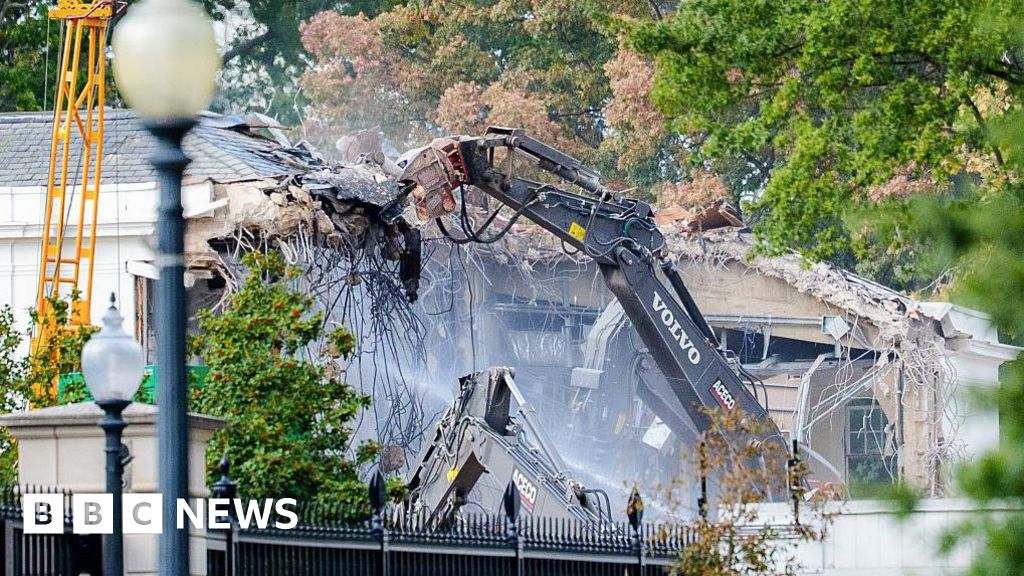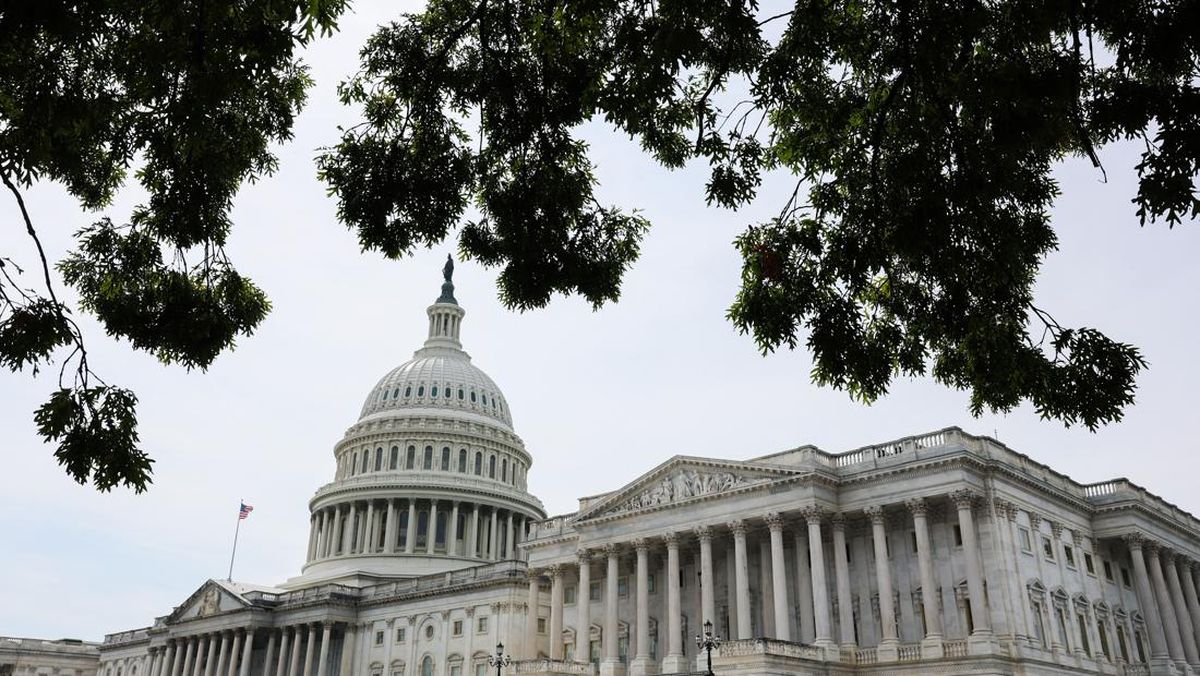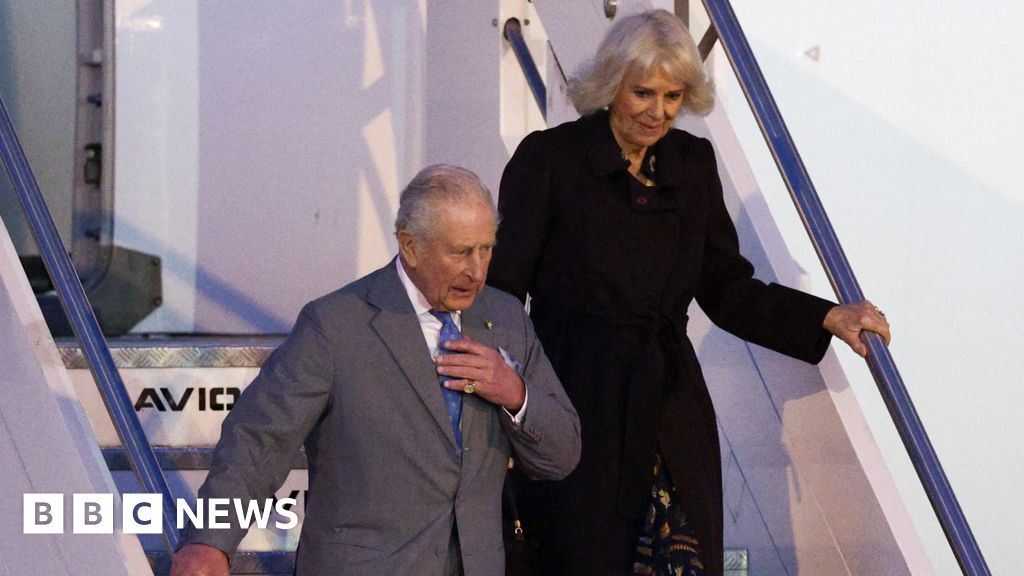A government drive to fast-track 185,000 homes across NSW over the next 15 years is off to a mixed start, as one part of Sydney is flooded with proposals for multistorey housing blocks while others have yet to record a single planning application.
Eighteen months after the NSW government’s Transport Oriented Development (TOD) planning reforms came into force, Department of Planning figures have revealed 5062 dwellings are proposed across the development precincts and the vast majority are earmarked for the tree-lined streets of Sydney’s north shore.
The planning reforms are a key part of the government’s drive to boost the state’s housing stock by making it easier for developers to build homes up to six storeys near public transport hubs. The contentious reforms have come as developers and the building sector face financial challenges, although Planning Minister Paul Scully says the government’s housing agenda has led to green shoots and “a growing pipeline of new homes”.
The uptake by developers has been widely varied, as four transport-oriented development precincts in the Ku-ring-gai local government area – Gordon, Killara, Lindfield and Roseville – account for 93 per cent of the 5062 proposed dwellings across TOD areas in NSW.
This is led by Lindfield, where developers are proposing to build 2426 multistorey dwellings, followed by Roseville with 924 dwellings, Gordon with 737 dwellings and Killara with 628 dwellings.
Other suburbs in TOD zones have received a handful of planning applications, including Banksia, Croydon and Dulwich Hill, which each recorded fewer than 10 new dwellings proposed.

A concept image of one of the proposed developments in the Ku-ring-gai local government area, a 100-unit development at 3-9 Park Avenue in Gordon.
The figures come after the Herald reported how developments in parts of Sydney, including the city’s west, are increasingly difficult to finance due to high building and land costs that have resulted in new units being marketed at far higher-than-average prices.
Business Western Sydney executive director David Borger said the “economic reality” was that “unless developers can make a profit, they will not build”.
Property Council of Australia’s NSW executive director Katie Stevenson said labour shortages and building material constraints were also constraining the supply of housing.
“Developers are having real challenges in turning projects into reality because of difficulties securing financing and, even when an approval is granted, it’s difficult to make developments stack up because you can’t possibly sell a unit for the price it would cost to build it,” she said.

Lindfield has recorded the highest number of homes proposed in Transport Oriented Development zones in NSW.Credit: Steven Siewert
“We still haven’t found the silver bullet solution to address the underlying equation to enable developers to get on with building the homes we need.”
The TOD reforms are one of the NSW government’s main planning changes aimed at meeting the national housing accord target of 1.2 million new homes across Australia by 2029.
Another key reform is the Accelerated Transport Oriented Development policy, which gives developers faster pathways for large-scale developments in towers up to 45 storeys in “high growth” areas of Sydney including Bankstown, Crows Nest/St Leonards, Homebush/North Strathfield, Hornsby and Macquarie Park.
Almost 12 months since the accelerated transport-oriented development came into force with the goal of delivering 60,000 new homes within 15 years, Department of Planning figures show one approval to date – a 282-unit development on land partially owned by Telstra on the Pacific Highway near St Leonards station.
The figures show one proposal is planned in the Homebush accelerated housing precinct, two are under consideration in Bankstown, and none have been recorded in Hornsby, which has been earmarked for 6000 new homes under the accelerated reforms.
Despite the varied level of uptake, Scully said there was a growing pipeline of homes in the planning stages across the TOD precincts.
Scully, who has long accused north shore councils of failing to take their share of new housing, said the data also shows the reforms are “rebalancing housing growth” in Sydney to ensure “young people, families and key workers can live in the communities they choose”.
An analysis of the 15 largest developments put forward in Lindfield shows that of the 2189 units being proposed, 429 have been set aside as “affordable housing”.

A concept image of what Crows Nest could like under the rezoning program.
Christian Grahame, chief executive of Home Apartments – the developer behind the project approved in St Leonards – said while there is a growing need to provide new homes to support the state’s housing demands, the viability of new builds was under pressure from construction costs and “reduced productivity”.
Grahame has called for state and federal governments to create further tax and planning incentives he said would enable developers to receive “global capital” to bankroll large-scale developments.
The latest Australian Bureau of Statistics data shows 3637 residential projects were approved in NSW in August, down 11.4 per cent in July, while the national building completion rate is about 190,000 homes a year, based on quarterly numbers in March. Nationwide, 240,000 homes need to be completed annually to meet the 1.2 million housing accord target by 2029.

A concept image released by the NSW government for the accelerated precinct in Homebush.
Scully said other reforms are expected to accelerate the supply of new housing in NSW including the low- and mid-rise housing policy, the Housing Development Authority and the establishment of a Development Co-ordination Authority he said would “replace the confusing web of referrals to 22 different government agencies” during the pre-approval stages.
Loading
Several councils in Sydney have developed their own housing policies which would replace the TOD controls with greater housing targets, including Inner West Council, which has proposed 31,000 new homes across the local government area.
Ku-ring-gai Council has also developed an alternative policy to intensify density along the Pacific Highway. The Department of Planning has recommended endorsing the council’s strategy by November and, in a statement, a Ku-ring-gai Council spokeswoman said: “We look forward to the government’s approval of our alternative planning scheme.”
Start the day with a summary of the day’s most important and interesting stories, analysis and insights. Sign up for our Morning Edition newsletter.
Most Viewed in National
Loading


















































